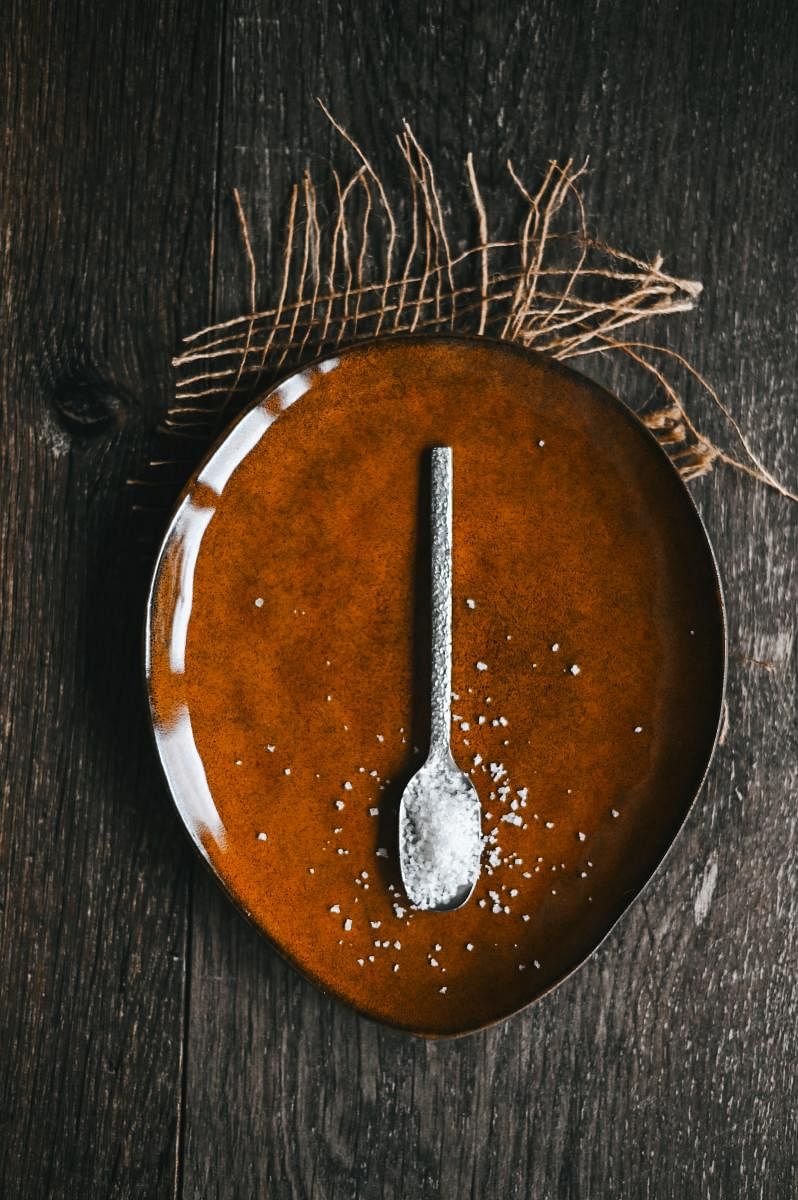
Its lunch hour and the old restaurant in the temple town of Chidambaram in southern Tamil Nadu is bustling. As customers stream in and out, the waiters shout the orders to the chef amid the general din.
A stranger walks in, finds himself a table and hails the waiter, who arrives with a grin and a glass of water. He takes the order as he flips the end of his dhoti with his heel and wraps it around securely.
He comes back with a plate of rice dish and is about to leave the table when the stranger calls him back and mutters something. The waiter’s grin turns into a grimace as he walks up to the proprietor at the cash counter and whispers to him, pointing to the customer. It’s now the proprietor’s turn to grimace as he summons the other waiters, who, by now, wear the same puzzled expression as the waiter and the proprietor.
The staffers talk among themselves in hushed tones, stealing glances at the stranger in between. Soon, there’s a frenzy as the proprietor joins the waiters in rummaging the restaurant for something. What did the stranger utter that mobilised the entire eatery into action? Did he make a threat, sending the staffers scurrying for a weapon of self-defence?
They spare no nook — the cupboard, the proprietor’s cash counter, behind the deity’s large photo frame hanging from the wall at the counter — but without luck. Amid all this commotion, the stranger looks at them in amazement, his dish still untouched. The suspense finally ends with one of the waiters brandishing the elusive article. There are smiles and triumph on everyone’s faces as the waiter walks to the stranger with the object — a spoon — grimy with long disuse. When bare hands and fingers do perfectly fine, locals generally eschew spoons and other such frills as they dig into their daily sapaad. And so the restaurants too, seldom bother about such needless accessories. It’s not just the ingredients and method of cooking that define a region’s cuisine, but it’s also the way it is served and consumed. Hence, at the eateries on the town’s streets around the famous Nataraja Temple, a repeat order of a plate of idlis will not fetch another plate of idlis. The waiter just picks them up from the steamer, walks back to the table with the idlis clasped between his fingers, and drops them into the plate. The customer gleefully crushes the sambar-soaked idlis with his fingers and pops them into his mouth, making for an authentic experience.
(This column looks at some food fetishes and secrets from a city of gastronomes and beyond.)